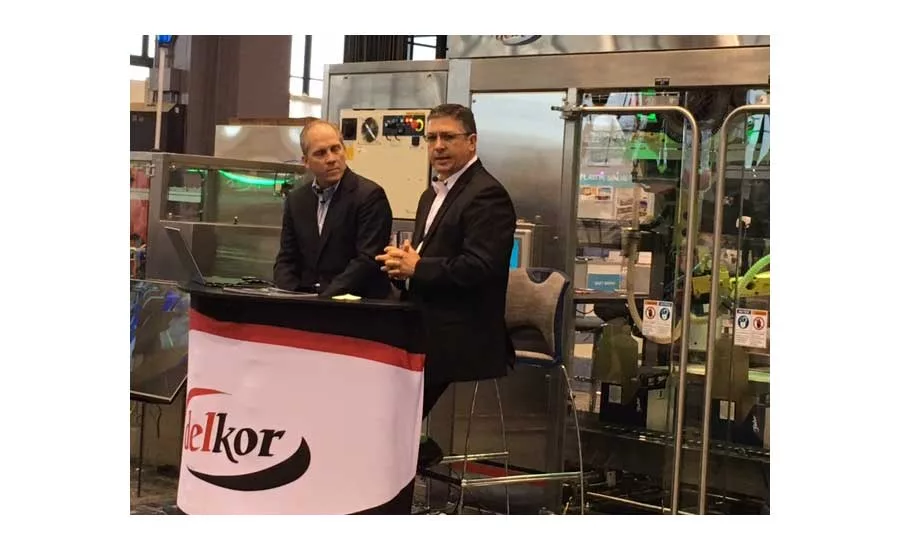Tetra Pak and Wal-Mart address food packaging issues
The ProFood Tech show featured insights and trends in food and beverage packaging, processing and operations.

As the food and beverage industry faces rapid changes, the technology and solutions being offered is ramping up to meet processors’ growing needs. This was apparent at the ProFood Tech show, which took place April 4-6 in Chicago.
“There are three trends we are seeing in the industry,” says Vincent Michelet, VP of communications for Tetra Pak Americas. “Processors are trying to secure product quality and safety, address their sustainability agenda and do all of this at the lowest cost possible.”
Tetra Pak displayed its offerings around meeting these needs, which included its new on-the-go package formats and eBeam sterilization technology. Tetra Pak is also working with food and beverage manufacturers to bring more automation into their plants.
“We are helping them to do three things,” Michelet says, “one, how to connect all their data; two, what to do with advance analytics in managing the data; and three, communicating the data back to their workforce.”
Echoing these themes were the highlights presented from PMMI’s latest Trends in Food Processing Operations report. Donna Ritson, president of DDR Communications, says the report found consumers are driving the industry trends of clean labeling, the proliferation of SKUs and new types of snack foods that blur traditional food segment lines.
However, the biggest trend on the plant floor will be the increase in automation in the next three to five years.
“Labor costs are really high, especially in industries such as meat and seafood processing,” she says, which will likely be where much of the advanced automation will be taking place.
Highlighting a similar problem, but from the other side of the industry, two former Wal-Mart directors of packaging gave their perspective of the retail market. Delkor Systems, Inc. hosted a presentation on the show floor entitled “Walmart’s Labeling and Retail Ready Packaging (RRP) Guidelines Demystified,” by Chet Rutledge, former senior director, private brands packaging, and Ron Sasine, former director, private brands packaging.
“The operational costs of stores and distribution centers are increasing,” says Sasine. “Labor costs are going up, and we see many states passing new minimum wage laws. All of this will require retailers to pay more to get product moved through that path, placed on a shelf and made ready for sale.”
Therefore, retailers will likely demand more from CPG brands in terms of how easy their packaging is to shop, stock and face in the store environment. This is why Wal-Mart developed the “Five Easies” guide for brands to consider in their packaging. These are: How easy is it to ID, how easy is it to open, how easy is it to stock, how easy it is to shop and how easy is it to dispose.
Looking for a reprint of this article?
From high-res PDFs to custom plaques, order your copy today!








